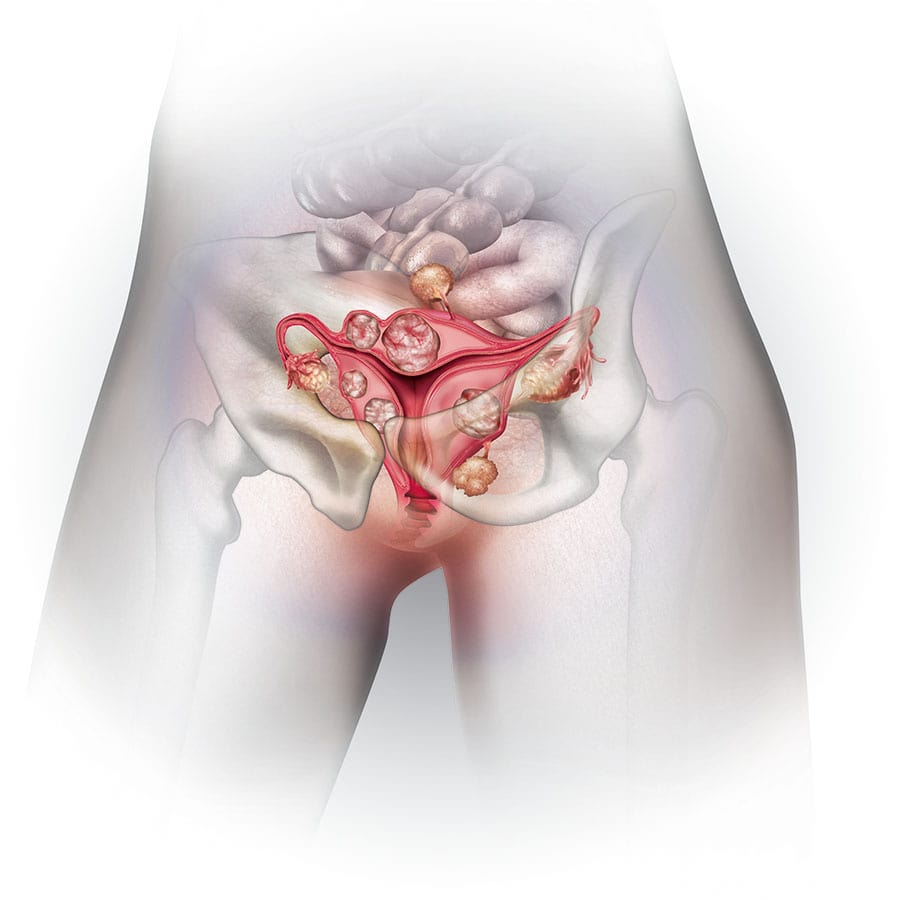Fibroid may cause cancer
Fibroid may cause cancer

Fibroid are abnormal lumps that develop in or on a woman’s uterus. Sometimes these cysts become enlarged causing severe abdominal pain and heavy periods. Sometimes they don’t even show any symptoms. Uterine lumps or tumors are usually harmless and do not have symptoms of cancer. According to a study, 70 to 80 percent of women after the age of 50 develop uterine fibroids that do not show any symptoms.
Causes of fibroids:

The causes of fibroid formation are not yet known, but certain factors contribute to their growth.
1. Hormones:
Estrogen and progesterone, two types of hormones produced in the ovaries, continue to grow the lining of the uterus with each menstrual cycle and can cause fibroids to grow.
2. Family History:
This uterine disease can also be hereditary. If your mother, grandmother or sister has the disease, you may also have it.
3. Pregnancy:
During pregnancy, the growth of estrogen and progesterone increases. So there are more chances of fibroid formation during pregnancy.
Which women are at higher risk for uterine fibroids?
Women who have some of the reasons listed below are more likely to develop fibroids.
Pregnancy Family History
Above 30 years of age
Being overweight
Symptoms:

Symptoms of uterine fibroids are based on their size, location and number. If the tumor is small or you are about to stop menstruating, these symptoms may not appear.
1. These fibroids may also shrink after menopause.
2. Heavy bleeding or bleeding during periods.
3. Pain in the lower back or groin.
4. Increased period pain.
5. Excessive urination.
6. Periods coming for more days.
7. Feeling of fullness or pressure in the lower part of the stomach.
8. Abdominal enlargement or swelling.
Fibroid diagnosis:

Gynecologist consultation is essential for fibroids. For this, the size, shape and condition of the uterus is observed. Necessary tests are done for this. Ultrasound is done to diagnose it, through which the uterus is seen from the inside to see if there is any fibroid in it. In addition, MRI also takes pictures of the uterus, ovaries and other parts of the pelvis.
Treatment:
Treatment for uterine fibroids is determined by the doctor based on the patient’s age, health and the size of the fibroid.
Medicines are used to balance the hormone levels which shrink the fibroids.
Larger or larger fibroids are surgically removed.
If the condition is more serious and other treatments are not effective, the uterus is removed along with the fibroid.
